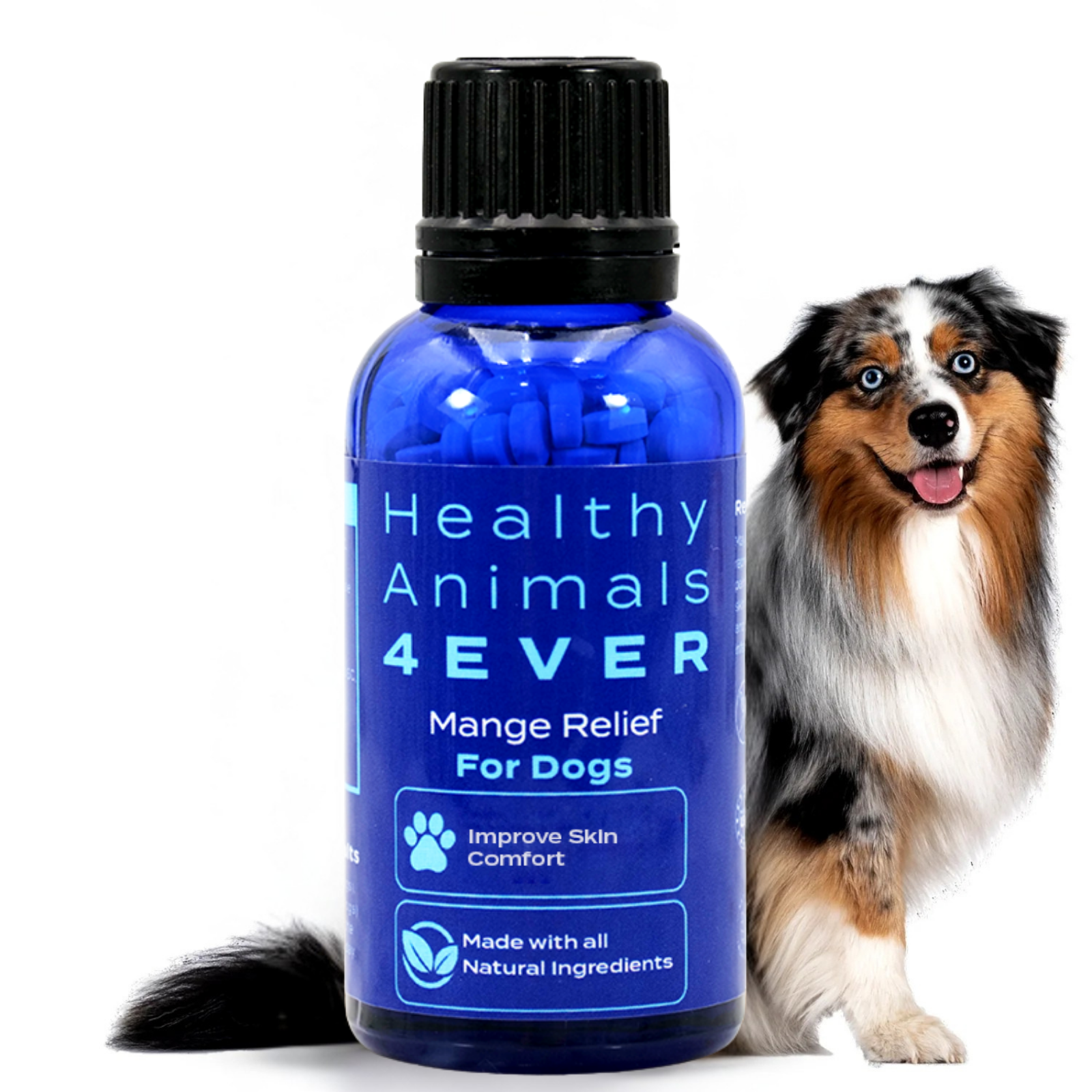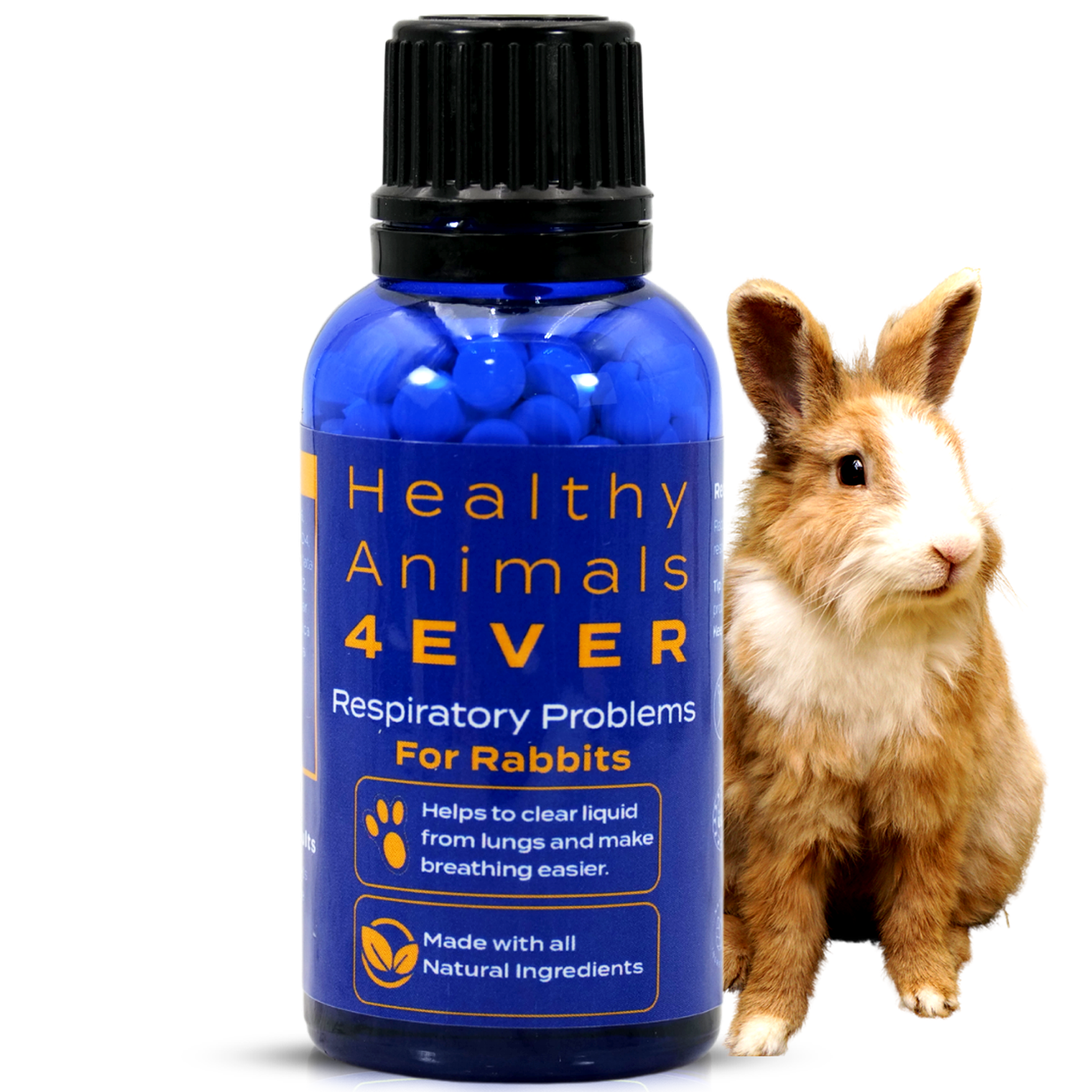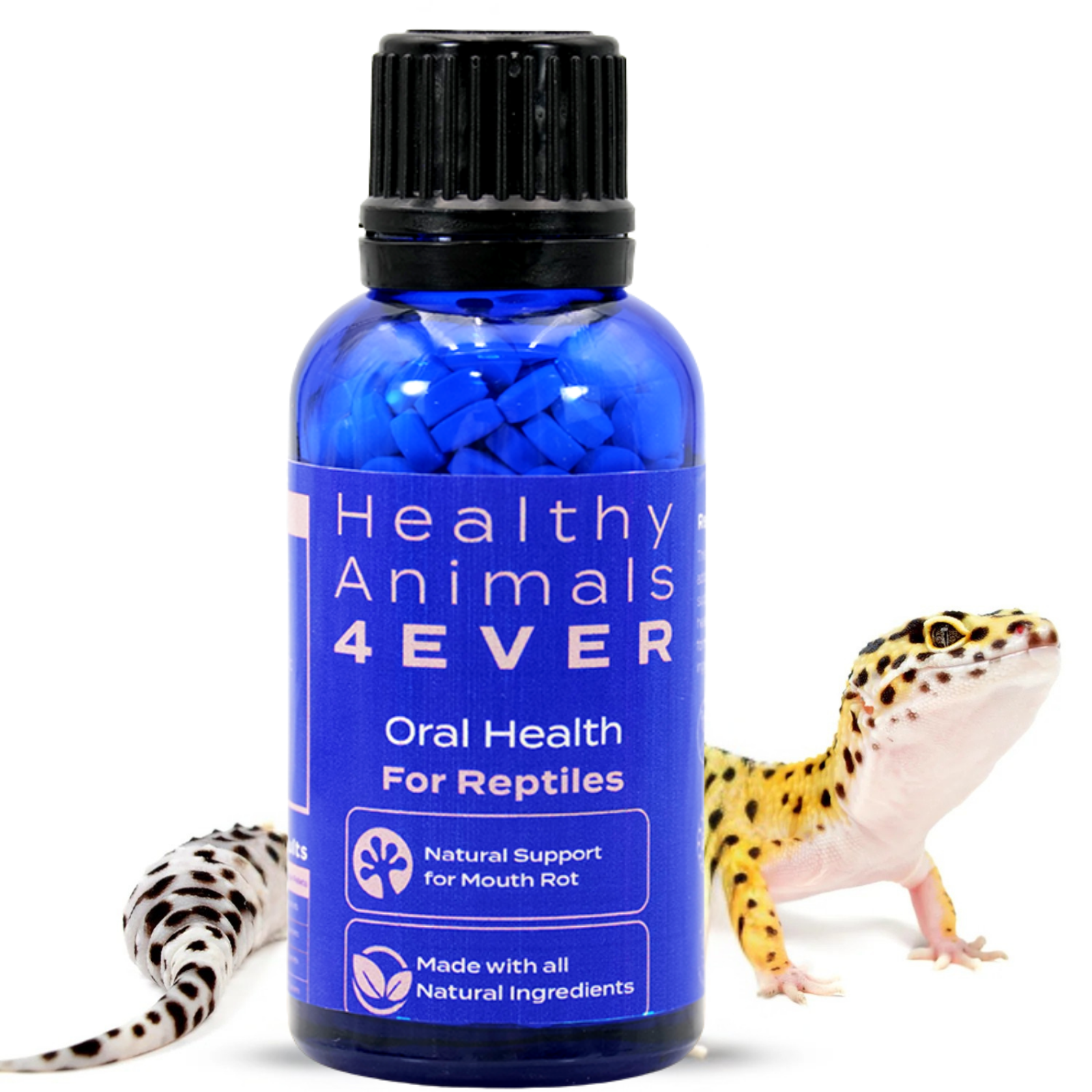How to Treat Bumblefoot in Chickens Naturally
If you keep chickens long enough, chances are you’ll run into bumblefoot at some point. While it can look a little alarming (especially when it’s swollen or has that telltale scab), it’s usually manageable if you catch it early.
Bumblefoot is essentially a bacterial infection that starts with a small wound or pressure sore on the bottom of a chicken’s foot. Left untreated, it can become serious. But you can prevent it altogether or treat mild cases using natural methods that are gentle and effective.
This post walks you through the basics: what causes bumblefoot in chickens, how to spot it, and most importantly, how to prevent and treat bumblefoot in chickens naturally, using natural remedies that support your birds’ overall health.
Injury Support was designed for injury care. It promotes natural healing and it is useful in reducing swelling and discomfort.
What Is Bumblefoot & What Causes It
Bumblefoot, or pododermatitis, is a bacterial infection that develops when the skin on a chicken’s foot becomes damaged and bacteria (usually Staphylococcus aureus) enter through the wound. While it might start as a small issue, it can quickly become serious if not addressed.
One of the most common causes is repeated pressure or impact on the bottom of the feet. This often happens when chickens regularly jump from high perches onto hard surfaces. Over time, the constant stress can lead to bruising or minor injuries that make the skin more vulnerable.
Rough or uneven surfaces (such as sharp gravel, broken wire, or coarse roosts) can also create small cuts or abrasions that become entry points for bacteria. Similarly, dirty or damp bedding provides an ideal environment for bacteria to thrive, increasing the risk of infection.
Weight is another factor. Overweight or heavy breeds (like Orpingtons, Cochins, or Brahmas) place more strain on their feet and are more prone to developing pressure sores. In some cases, underlying issues (such as overgrown claws, scaly leg mites, or joint problems) can alter a bird’s gait, leading to uneven wear and additional pressure on the footpads.

Recognizing the Signs
Unfortunately, chickens don’t typically show signs of pain unless the issue is quite advanced. So, it is helpful to check their feet regularly, especially in larger breeds or birds that are less active.
One of the first signs of bumblefoot is a slight limp or a noticeable change in how the bird walks. You might also see a chicken resting more than usual or avoiding movement altogether. If there's visible discomfort when the foot is touched, that’s another clear warning sign.
If you notice a chicken with a swollen foot, take a closer look. In the early stages of bumblefoot, the bottom of the foot may appear red, slightly puffy, or warm to the touch.
As the infection develops, a dark, hardened scab often forms at the center of the swelling. This is the most recognizable symptom and usually indicates that pus and infection are building beneath the surface. In more severe cases, the swelling may spread to the toes, and you might notice the foot becoming misshapen or stiff.

Natural Prevention Methods
Preventing bumblefoot is a lot easier than treating it, especially if you're hoping to avoid medications or surgery.
One of the most important things to look at is your coop and roost setup. Chickens should have sturdy, smooth roosts that aren't too narrow. If a roost puts too much pressure on the same part of their foot every night, that can lead to irritation and, eventually, infection. Rounded wooden perches (about 2 to 4 inches wide) usually work well, depending on the size of your birds.
Soft landings are also key. If your birds are jumping down from high roosts or nesting boxes onto hard-packed dirt or concrete, that impact can cause bruising over time. Consider lowering the height of the roosts or adding a layer of straw, sand, or mulch below to soften their landing.
Keeping the coop clean and dry is just as important. Bacteria thrive in damp, dirty bedding, especially in the warmer months. Regularly changing out bedding, managing mud in the run, and ensuring waterers aren’t leaking can go a long way in preventing infections.
Your chickens’ diet also plays a role. Birds with strong immune systems are less likely to develop infections, even if they do get a small cut or scrape. A balanced feed, access to clean water, and occasional natural supplements can help. Some herbs with antibacterial properties (like oregano, thyme, and garlic) can be mixed into feed in moderation to offer some immune support.
Nutritional Deficiency Supplement provides natural support for nutritional deficiency. It was designed for optimal digestion and nutrient absorption, and it promotes overall strength and vitality.
A few other natural prevention tips:
-
Encourage movement: Active chickens are healthier overall and less likely to develop foot issues
-
Keep claws trimmed: Overgrown nails can change how chickens walk and put pressure on the wrong areas
-
Watch out for leg mites: They can cause discomfort and lead to abnormal walking, which strains the feet

Natural Treatment Options
If you’ve caught bumblefoot early (before the foot becomes severely swollen or the infection gets deep), there’s a good chance you can treat it with natural methods at home.
Start with a foot soak. Soaking the affected foot in warm water with Epsom salt helps soften the skin, reduce swelling, and draw out infection. Let your chicken soak for about 15–20 minutes. It helps to gently massage the area during the soak to encourage circulation.
Once the foot is clean and softened, take a closer look. If there’s a scab, don’t force it off. Instead, apply a natural antibacterial treatment and keep the area clean. Raw honey (especially Manuka honey), diluted apple cider vinegar, or even a garlic-infused salve can help reduce bacteria and inflammation. You can also use herbal poultices, made with healing plants like calendula, comfrey, or turmeric, to soothe the tissue and support healing.
After applying the treatment, wrap the foot with clean gauze and vet wrap to protect it and keep the area dry. Change the bandage daily and repeat the soak and treatment process each time. This may take several days to a week, depending on how severe the infection is.

Some chicken keepers also use essential oils, like tea tree or oregano oil, but you need to be cautious. These oils should always be diluted heavily (usually with a carrier like coconut or olive oil) and used sparingly, since chickens are sensitive to strong scents and compounds.
To recap, a simple natural care routine might look like this:
-
Soak the foot in warm Epsom salt water (15–20 mins)
-
Pat dry and inspect
-
Apply a natural antiseptic or herbal salve
-
Wrap and protect the foot
-
Repeat daily until healed
If the swelling doesn’t improve or if the infection starts to spread, it’s time to consider stronger chicken bumblefoot treatment or consult a vet. However, many early cases respond well to consistent, natural care, especially when combined with rest and a balanced diet.

Supporting Recovery Holistically
Once you’ve started treating bumblefoot, you shouldn’t just wrap the foot and hope for the best. A chicken’s body needs time, support, and the right conditions to heal properly.
First, limit movement as much as possible. A chicken with bumblefoot should ideally be separated from the rest of the flock during recovery, especially if the infection is moderate to severe. This doesn’t mean total isolation; keeping her within sight and sound of the other birds helps reduce stress. A small pen or crate in the coop works well. The goal is to give her a clean, calm space where she’s not walking too much or getting the foot dirty.
Diet plays a big role in recovery. Healing takes a lot of energy and nutrients, so it’s a good time to boost nutrition a bit. Ensure she’s receiving a complete layer feed, and consider offering extras like hard-boiled eggs, mealworms, or a small amount of plain yogurt for added protein and probiotics. Some keepers add herbs like comfrey, echinacea, or calendula to the feed or water to support the immune system and tissue repair.
If you're already using natural chicken bumblefoot treatments, such as honey or herbal salves, stick with them consistently. It’s also important to monitor progress each day. If the swelling is going down, and she seems more comfortable standing or walking, that’s a good sign. Keep the bandages clean and dry, and handle the foot gently to avoid creating new trauma.
However, you may be wondering how long does it take for bumblefoot to heal. Recovery may take a week or two for a mild case, or longer if the infection is more severe. During that time, focus on maintaining a low-stress, clean, and nutrient-rich environment.

When Natural Isn’t Enough
While many cases of early-stage bumblefoot can be managed naturally, it’s important to know where to draw the line. If the infection doesn’t improve within a few days or if it appears to be getting worse (more swelling, pus, or signs of pain), it’s time to consider other options.
Sometimes, the infection has already gone deep beneath the surface, forming a core that natural treatments alone may not reach. In these cases, more invasive treatments, such as draining the abscess or removing the core (bumblefoot removal), may be necessary. This type of procedure carries risks, especially when performed at home without experience or sterile tools, so it’s best done under the guidance of a veterinarian.
There is also a time and place for antibiotics, especially if the infection is spreading or your chicken shows signs of being unwell overall (such as lethargy, loss of appetite, or a drop in egg production). The health of the bird comes first, and a short course of chicken antibiotics for bumblefoot can be life-saving when the infection has gone too far.
Egg Booster provides natural stress relief for chickens, promotes stronger eggshells, and boosts egg production.
That said, there’s no reason you can’t combine natural and conventional treatments. For example, using Epsom salt soaks and honey dressings, alongside vet-prescribed antibiotics, can speed up healing and reduce stress on the body. It’s not all-or-nothing.

Bottom Line
Bumblefoot isn’t something to panic over, but it’s also not something to ignore. Like many chicken health issues, catching it early is half the battle.
Good coop design, clean living conditions, and solid nutrition are your best tools for prevention. And if a case does arise, now you know how to treat bumblefoot in chickens naturally. Remedies like Epsom salt soaks, herbal salves, and clean bandaging can go a long way, particularly when paired with rest and extra care.











